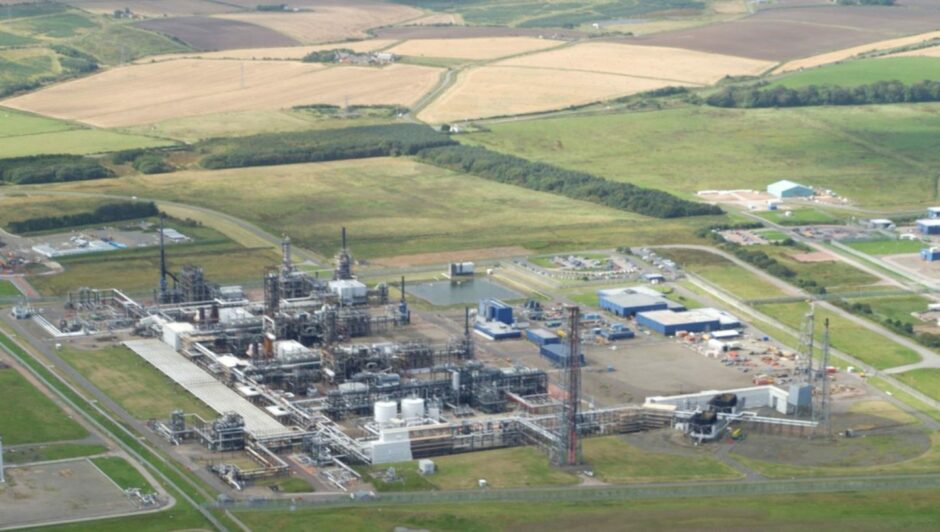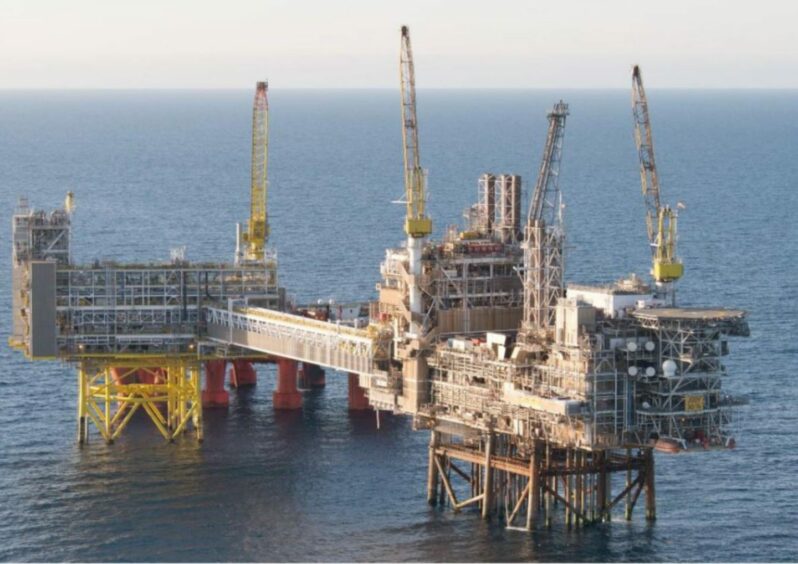The boss of the North Sea’s biggest oil and gas producer has urged the UK government to “consider the consequences” of imposing a windfall tax as she unveiled “strong” results so far this year.
Harbour Energy chief executive Linda Cook said the company was “proud” to be the UK’s largest oil and gas firm, “contributing meaningfully to domestic energy security while at the same time working to help realise a shared ambition of UK leadership in CO2 capture and storage”.
She took aim at “speculation” over whether the UK government will impose another so called energy profits levy (EPL), warning that this had “created uncertainty for independent oil and gas companies like Harbour”.
READ: Tax uncertainty ‘driving investment out of the UK’ OEUK warns Hunt
She said the uncertainty meant that it was harder for companies to determine if their investment in energy production would be worth it, which meant their backers were demanding they look elsewhere for countries to invest.
“As a result, evaluating expected returns from long term investments has become more difficult and investors are advocating for geographic diversification,” she said.
Impact on Acorn CCS
She added that extra taxes could “undermine” planned investment in carbon capture and storage (CCS) projects – Harbour is currently involved in two, including the Acorn CCS proposed in Peterhead and on the Humber.
“While we fully recognise the significant challenge in the UK to put public finances on a sustainable footing, we urge the government to carefully consider the consequences of any increase in or extension of the EPL,” she said.
“At a time when oil and gas producers are being asked to invest more to help ensure the UK’s energy security and are considering longer term, material investments in CCS, additional taxes would run the risk of undermining our ability to do either.”
Nevertheless, Cook said the firm would make a “final investment decision” (FID) in each project in 2024 “subject to government progress” on regulatory frameworks and that carbon could be stored in the North Sea off Peterhead is early as 2027.
Backers of the Acorn CCS project are eagerly awaiting the next UK government decision on support after the plan was snubbed in favour of others in the North of England in a £1bn funding competition last year.
Investors in Acorn, including Harbour and energy giant Shell, expect CCS and other related green technology projects could create thousands of north-east jobs as well as ensure Scotland meets its net zero targets will happen.
How much has Harbour paid in tax?
The company reported “strong” in the first nine-months of 2022 as production rose by more than a quarter.
In a 3 November operational update, Harbour said it had generated nine-month revenues of $4.1 billion (£3.6bn), while production rose 27% on the same period last year to around 207,000 barrels of oil equivalent per day (boepd).
Improved production prompted the group to up its guidance on free cash flow – its preferred measure of reporting profitability – by around $200m.
It now expects to make profits – the money left over after paying operating capital expenditure – $2 to $2.2bn (£1.78 to £1.95bn).
This is boosted by the impact of lower capital expenditure and higher commodity prices, the company said.
However it said these gains were “partly offset” by higher UK tax payments, which the operator now expects to total around $650 million (£573m).
This includes around $240 million for the December payment of its 2022 windfall tax, with total liability now forecast to be in the region of $400m (£352m), the firm said.
Nevertheless, the company said it still expects to be free of its $1.1bn in net debt some time in 2023.
Tolmount pays back
On the production side, the first nine months of the year saw the group average 207,000 barrels of oil equivalent per day – of which 194,000 boepd was from the UK – an increase of 27% on the same period last year.
This was split approximately 51% liquids and 49% gas and supported by “outperformance” from its Greater Britannia Area satellite fields, alongside a well intervention programme and new wells at J-Area, Everest and Tolmount.
Full-year production is now expected to be in the upper half of the group’s 200-210,000 boepd guidance.
Notably, Harbour said its flagship Tolmount project reached plateau rates of 20,0000 boepd in July and began paying back in September – less than six months after first production in April.
The drilling of the Tolmount East well is expected next year, and would then be brought online in 2024, while the testing of the near-field Earn prospect would also be tied into existing Tolmount infrastructure, if successful.
On the international front, alongside progression of its Zama project in Mexico, Harbour also submitted an initial plan of development for Indonesia’s Tuna field in October for government review.
Elsewhere in Indonesia, following the Timpan discovery earlier this year, 3D seismic acquisition is ongoing across the eastern part of the Andaman II licence.
Planning is also underway with partners for further drilling activity across the Andaman Sea acreage which is anticipated to commence in late 2023, targeting nearby prospects which have been de-risked by Timpan.




Conversation